High-performance neural population dynamics modeling enabled by scalable computational infrastructure
Journal of Open Source Software, 2023Advances in neural interface technology are facilitating parallel, high-dimensional time series measurements of the brain in action. A powerful strategy for analyzing these measurements is to apply unsupervised learning techniques to uncover lower-dimensional latent dynamics that explain much of the variance in the high-dimensional measurements (Cunningham & Yu, 2014; Golub et al., 2018; Vyas et al., 2020). Latent factor analysis via dynamical systems (LFADS) (Pandarinath et al., 2018) provides a deep learning approach for extracting estimates of these latent dynamics from neural population data. The recently developed AutoLFADS framework (Keshtkaran et al., 2022) extends LFADS by using Population Based Training (PBT) (Jaderberg et al., 2017) to effectively and scalably tune model hyperparameters, a critical step for accurate modeling of neural population data. As hyperparameter sweeps are one of the most computationally demanding processes in model development, these workflows should be deployed in a computationally efficient and cost effective manner given the compute resources available (e.g., local, institutionally-supported, or commercial computing clusters). The initial implementation of AutoLFADS used the Ray library (Moritz et al., 2018) to enable support for specific local and commercial cloud workflows. We extend this support, by providing additional options for training AutoLFADS models using local clusters in a container-native approach (e.g., Docker, Podman), unmanaged compute clusters leveraging Ray, and managed compute clusters leveraging KubeFlow and Kubernetes orchestration. As the neurosciences increasingly employ deep learning based models that require compute intensive hyperparameter optimization (Keshtkaran & Pandarinath, 2019; Willett et al., 2021; Yu et al., 2021), standardization and dissemination of computational methods becomes increasingly challenging. Although this work specifically provides implementations of AutoLFADS, the tooling provided demonstrates strategies for employing computation at scale while facilitating dissemination and reproducibility.

